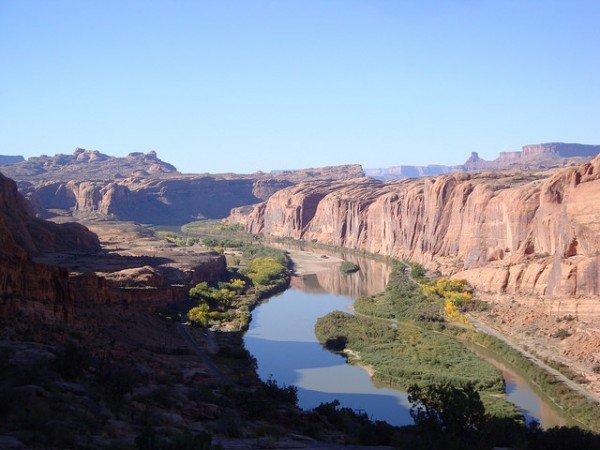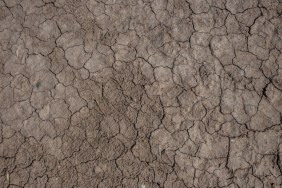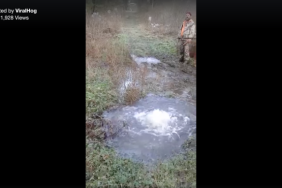Scientists have long known that rivers are fed by a combination of snow melt and ground water. But up until now on the upper basin of the Colorado River scientists did not know exactly how much.
A new study by the US Geological Survey found that more than half of the water in the Upper Colorado Basin is sustained through groundwater. This is important because it will play a vital role in establishing just how much water farmers and water districts are allowed to pull out of the ground.
“Because we now have numbers on this connection, we have a better understanding of the importance of groundwater as a contributor to our surface water supply, and anything impacting the groundwater system will also impact flow in rivers.” Matthew Miller, a USGS scientist and the lead author of the study told the High Country News.
Although water managers have long recognized the link between groundwater and surface water, much of the water rights that were established after WWII dealt strictly with surface water without regard to how that water might be affected by groundwater pumping. As a result groundwater levels throughout the west declined dramatically over the past century. We now know that this groundwater is vitally important.
Based on aerial satellites collecting data since 2004, NASA scientists determined the Colorado River basin had lost 13 trillion gallons of groundwater.
This latest study by the USGS measured electric conductivity in the water to determine whether it had picked up ions from its journey within the ground. The more ions, the more conductive, and therefore likely groundwater. For surface water from snow melt it would not be carrying as many ions and would therefore be less conductive to electricity.
Scientists gathered data from 146 sites in Colorado, Utah, Wyoming, New Mexico, and Arizona.
Photo credit: Wikimedia








